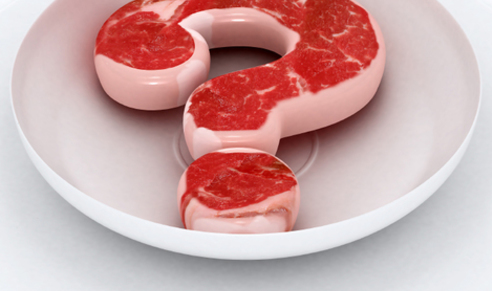In addition to the proposed weakening of the labeling requirements for irradiated food, the U.S. Food & Drug Administration’s (FDA) rule would also severely limit labeling by requiring companies to label irradiated food only when the radiation treatment causes a ‘material change’ to the product. Examples include changes to the taste, texture, smell or shelf life of a food. Published research on irradiated foods reveals that irradiation does change, and can actually ruin, the flavor, odor, appearance and texture of food. Such research repeatedly finds that irradiated foods smell rotten, metallic, bloody, burnt, grassy and generally off. The taste has been described to be similar to sulfur, singed hair, burnt feathers, burnt oil and rancid fat. Beyond the obvious unappealing factors, serious questions remain as to whether irradiated foods are safe to eat.
Irradiation Destroys the Vitamin Content of Foods
Irradiated foods can lose from 2-95% of their vitamins. For example, irradiation can destroy up to 80% of the vitamin A in eggs, up to 95% of the vitamin A and lutein in green beans, up to 50% of the vitamin A and lutein in broccoli, and 40% of the beta-carotene in orange juice. Irradiation also doubles the amount of trans fats in beef.
Despite 50 years of research, food scientists still do not fully understand how these changes take place. Much of the ongoing research, in fact, is focused on devising new ways to hide these changes, rather than addressing the cause of the changes themselves.




